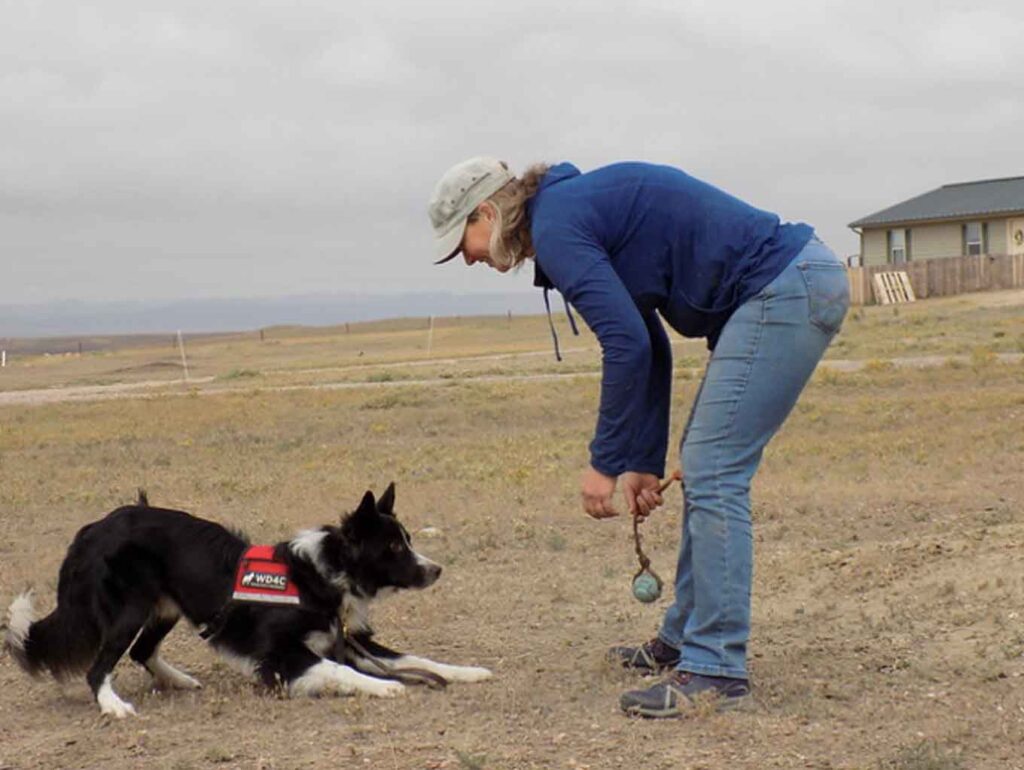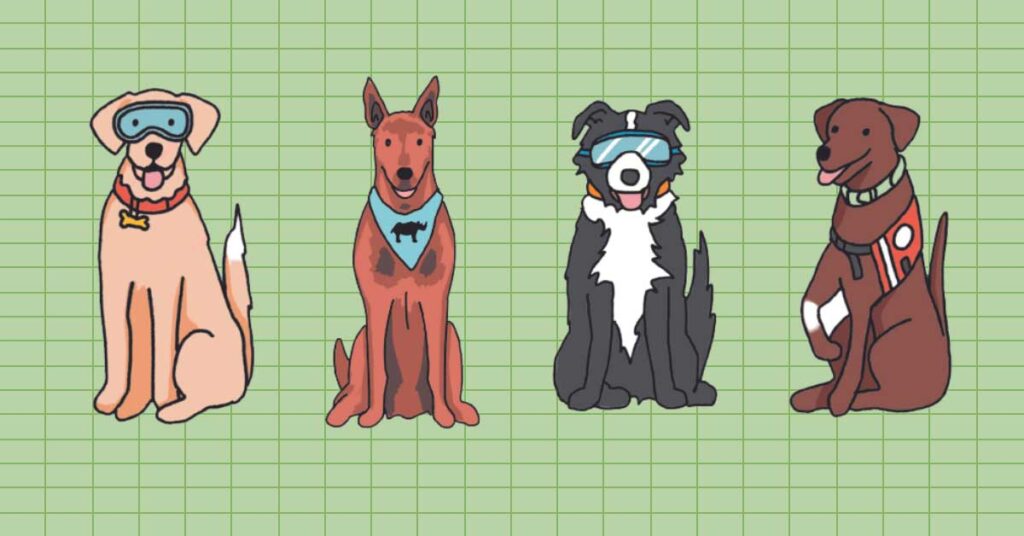In a world brimming with exceptional working dogs—be it the vigilant medical aides, the sight-guiding companions, or the daring bomb-sniffing partners—there exists a cadre of unsung heroes you might not have encountered: the Conservation Dogs.
Picture them beyond the quirky antics of my urban-cozy Shiba Inu, puzzled at the prospect of cleaning up our neighborhood, or those lovable doodles, perhaps more intrigued by peculiar snacks than environmental sniffing.
No, these are the four-legged sentinels on a quest to rescue the planet.
Leading the charge is Working Dogs For Conservation (WD4C), an avant-garde organization nestled in the untamed landscapes of Missoula, Montana. From narcotics and cadaver detection to search and rescue, WD4C has tapped into the extraordinary olfactory prowess of dogs to be the guardians of our natural havens. With a pack of over 25 dogs, each a specialist in unique scents and tasks, WD4C is redefining the game.
Meet Fenix, the Belgian Malinois partnering with scouts in North Luangwa National Park, securing the haven for the park’s rhinos. Then there’s Tobias, the Labrador Retriever stationed in Glacier National Park, meticulously inspecting watercraft check stations for invasive Quagga and Zebra Mussels. And not to be outdone, Seamus, the border collie combating noxious weeds in Montana while unearthing evidence of the endangered San Joaquin kit fox in California.
Rescued from shelters, these canines bring not only boundless value to conservation but a dash of wild spirit to our lives. Their insatiable energy finds its outlet in the great outdoors, and as the day winds down, they find solace in homes that echo with warmth and love.
WD4C’s impact reverberates globally, spanning three continents. They combat wildlife trafficking, detecting ammunition, guns, poisons, snares, ivory, rhino horn, and pangolin scales. These incredible dogs are adept at spotting invasive species, collaborating with other conservation groups to monitor endangered species, and championing environmental justice by identifying contaminants in Indigenous communities.
These aren’t just dogs on a mission; they are canine luminaries, forging distinguished careers and etching an unforgettable legacy in the annals of conservation.
Diving into the heart of the matter, the crux of these canine champions’ prowess lies in the superiority of their snouts. While humans boast approximately 5 million scent receptors, WD4C reveals that dogs can flaunt an astounding 220 million or more. In the realm of olfactory senses, dogs reign supreme over humans (and truth be told, in nearly all aspects).
The WD4C website cheekily remarks, “For years, scientists have been trying to develop an instrument that is as sensitive as a dog’s nose. We wish them luck. In the meantime, we’ll stick with our pack.”
In a groundbreaking stride, the organization, in 2022, forged a partnership with Indigenous Vision: the Blackfoot Environmental Justice Program. Here, the fleet of conservation detection dogs lends their extraordinary sniffing skills to unearth mink and otter scat in areas crucial for traditional food and fiber gathering on the Blackfoot reservation. Subsequent chemical analyses identify contaminants such as heavy metals, pharmaceuticals, and endocrine disruptors.
Facing the emergence of unusual cancers and thyroid issues within the Blackfoot community, the people have been compelled to cease harvesting certain wild plants and animals, essential for sustenance and economic stability.
The conservation dogs, in essence, bring a sense of assurance to the reservation. Yet, more precisely, they collaborate with Souta Calling Last, an ecological researcher rooted in the reservation. Recently awarded a grant from the Environmental Protection Agency, Calling Last spearheads a meticulous project—a virtual map. This comprehensive map, set to feature over 30 layers, will showcase cultural landmarks, traditional names for rivers and valleys, toxic dump sites, areas unsafe for harvesting, and much more.
As reported by Grist, the final map will become an invaluable resource for the Blackfoot community, combatting food insecurity and adverse health outcomes. Simultaneously, it reinforces the Nation’s autonomy over their cultural identity and knowledge.
The WD4C’s upcoming endeavor on Blackfoot land involves sniffing out chronic wasting disease, a largely overlooked illness that could trigger massive die-offs in deer and elk populations—animals crucial to the Blackfeet people. Beyond ecological concerns, the disease potentially poses threats to human life, marking yet another frontier where these exceptional dogs showcase their life-saving capabilities.

The looming threat is indeed formidable, yet the conservationist canines exude an air of cool composure in the face of uncharted territories. Picture them, poised and collected, tails wagging in anticipation, ever-ready to lend a paw.
“Happy to help” is their unspoken mantra, a sentiment succinctly captured by WD4C’s website: “Our ball-loving rescues love their jobs. They give us everything in the field, and they have a home with us forever.” In this concise statement lies the essence of their commitment — a symbiotic relationship where these remarkable dogs dedicate their all to the cause, finding fulfillment in the field, and in return, securing a forever home brimming with care and companionship.
